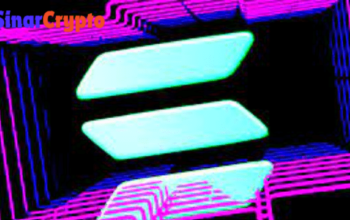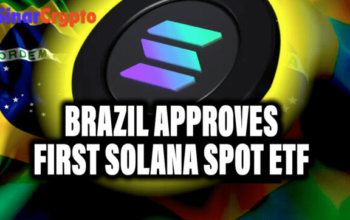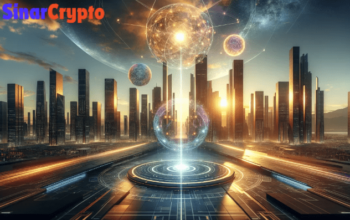The future of gaming is Web3, with its promise of decentralized ownership, true player ownership, and immersive experiences. However, despite the potential, Web3 gaming is still facing a major hurdle: lack of discoverability and accessibility. Unlike traditional gaming, where platforms like Steam act as central hubs for discovery, Web3 games are scattered across various blockchains and platforms, making it challenging for players to find and enjoy them.
The Need for a Centralized Hub
Just like Steam revolutionized PC gaming by providing a single platform for purchasing, playing, and connecting with other gamers, Web3 gaming needs a similar ecosystem. A dedicated platform could solve numerous problems, including:
1. Enhanced Discoverability:
Web3 gaming is still in its nascent stage. Players struggle to find new games, and developers face challenges in reaching their target audience. A centralized platform could act as a curation engine, showcasing the best Web3 games and highlighting their unique features.
2. Simplified Onboarding:
Navigating the Web3 space can be daunting for newcomers. A user-friendly platform would simplify the onboarding process, guiding players through wallet setup, token acquisition, and game selection. This would lower the barrier to entry and attract a wider audience.
3. Improved User Experience:
Currently, playing Web3 games often involves juggling multiple wallets, managing tokens across various blockchains, and dealing with complex interfaces. A centralized platform could provide a unified experience, streamlining gameplay, transactions, and interactions.
4. Fostering Community:
Just like Steam communities, a Web3 platform could facilitate interaction between players, developers, and creators. This would foster a sense of community and encourage collaboration.
Challenges and Opportunities
While a Steam-like platform for Web3 gaming holds immense potential, it also comes with its own set of challenges.
- Blockchain Compatibility: Integrating games built on different blockchains requires a robust technical infrastructure and seamless cross-chain functionality.
- Regulation and Security: Ensuring compliance with regulatory frameworks and safeguarding user assets is crucial for establishing trust and long-term sustainability.
- Decentralization vs. Centralization: Striking a balance between decentralization and centralized management is key to preserving the core principles of Web3 while creating a user-friendly experience.
The Future is Collaborative
The development of a thriving Web3 gaming ecosystem requires collaboration between developers, platforms, and the wider community. A central platform, built on transparency, security, and user-centric design, could unlock the true potential of Web3 gaming, driving mass adoption and ushering in a new era of interactive entertainment.












